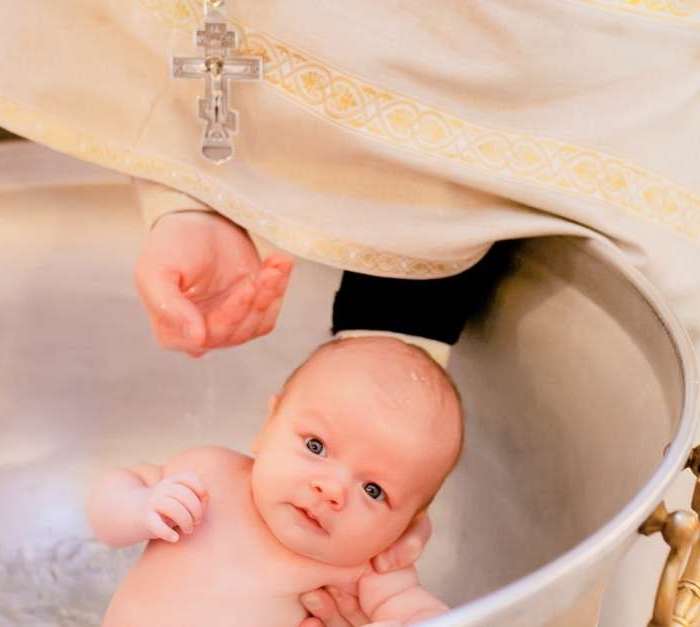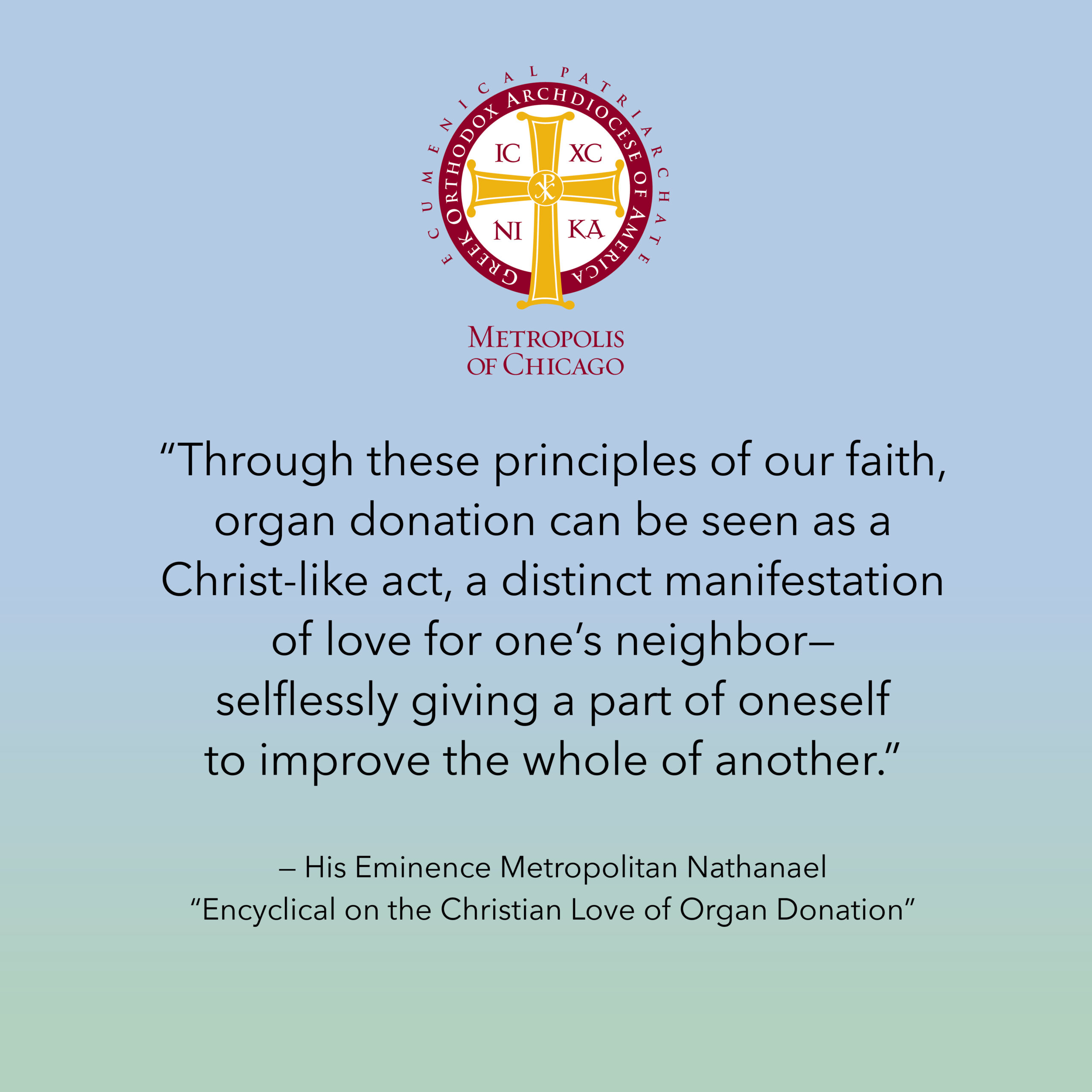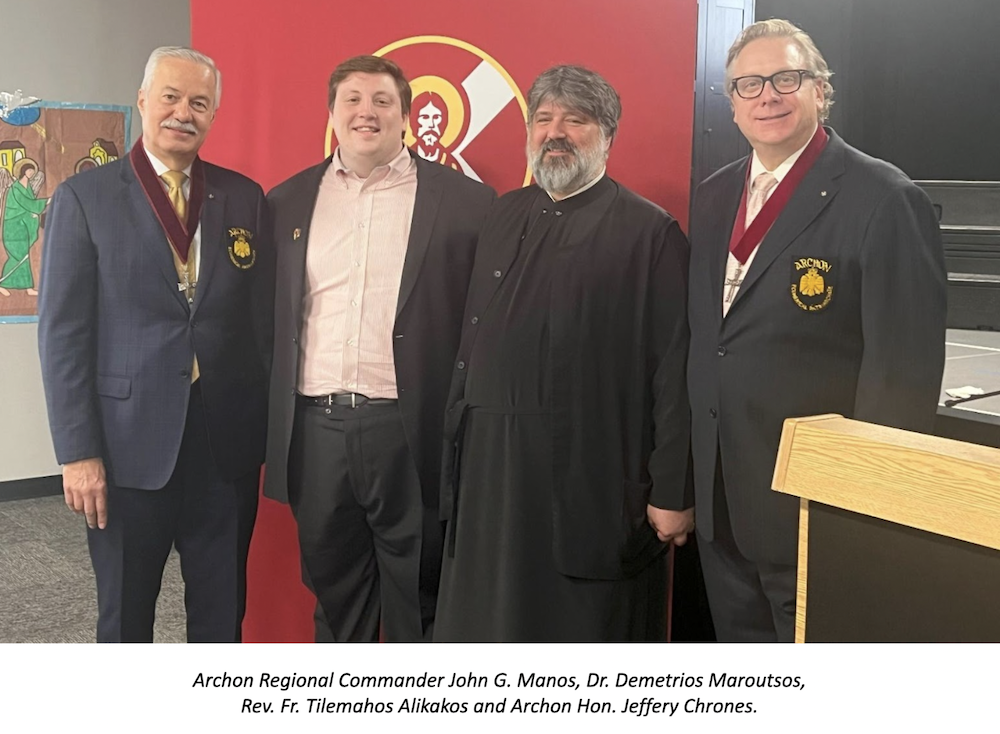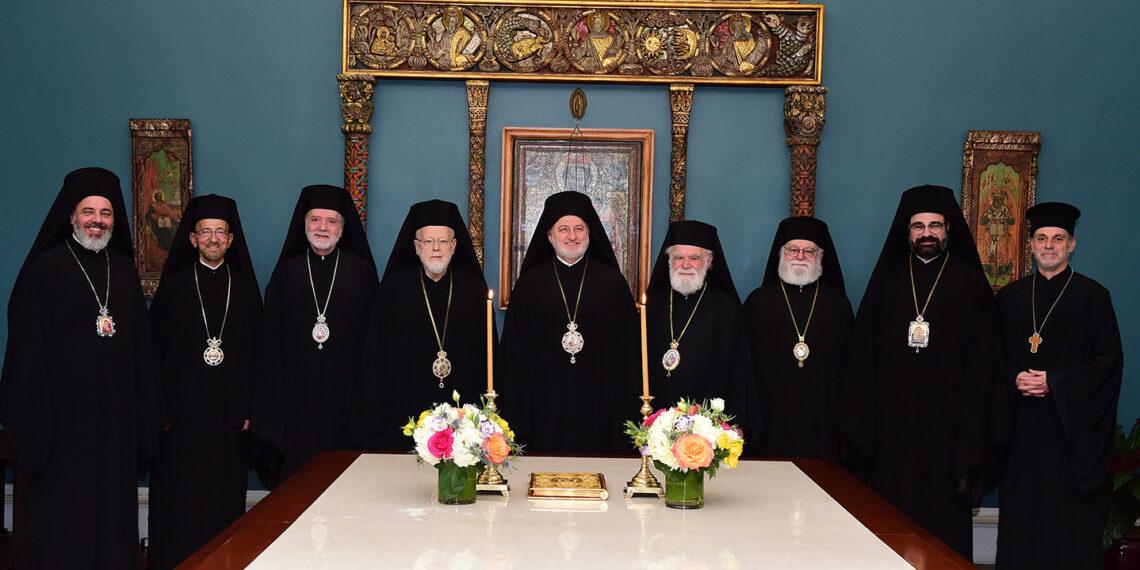THE SACRAMENTS OF BAPTISM AND CHRISMATION
REVISED DIRECTIVES AND LITURGICAL RUBRICS
MAY 2021
We are grateful for the ability to return to many of our practices prior to the COVID-19 pandemic. The following directives and rubrics contemplate the fully vaccinated status of both clergy and laity. Individuals are considered fully vaccinated 14 days after their final dose of the COVID-19 vaccine. The final dose is defined as the second dose of a two-dose vaccine (i.e. Pfizer or Moderna), or the first does of a one-dose vaccine (i.e. Johnson & Johnson). Wearing of face masks and observing social distancing is encouraged for those who are not fully vaccinated or as independently determined by the individual.
Before celebrating the sacrament, the priest must have an orientation meeting with the child’s parents and sponsor; a similar meeting is required with an adult catechumen and his/her sponsor. Among other things, the priest must review with them the directives and liturgical rubrics. While a thorough theological explanation is not necessary, those involved in the sacrament(s) must receive enough information and guidance to help them understand what is expected of them.
As for the registry fees, if a family or individual is experiencing sudden financial hardship due to loss of income during the pandemic, the Metropolis will waive its processing fees; parishes are encouraged to do the same. Lastly, as part of our shared responsibility to reduce the spread of the virus, the parent(s), guardian(s) or the adult catechumen is to provide the parish with the names of guests who will attend the sacrament. The priest should receive the names of guests (categorized by household) and vendors, together with contact information, at least three days before the sacrament. Last-minute changes to the guest list are permitted, as long as the total number of guests does not exceed the total permitted by the local authorities, if any.
A. General Instructions
1. Number of Participants: If applicable, the number of participants must not exceed the total number of people permitted by specific municipality or other state authorities. This number must take into consideration the person being baptized/chrismated, the clergy and other support staff.
2. Decoration of the Church: The faithful may bring items to adorn the church for the sacrament.
3. Photographer/Videographer: A photographer and/or a videographer may be present; however, they must be considered part of the total number in attendance. Photographers and videographers are encouraged to speak with the parish priest in advance of the service regarding the photography of the sacrament.
4. Veneration of Sacred Objects: The Holy Gospel and other sacred objects may be offered for physical veneration.
5. Sanitizing and cleaning. The font, scissors and other sacred objects used must be cleaned and sanitized before and after use.
B. Special Safety Instructions
1. Wearing of face masks and observing social distancing is encouraged for those who are not fully vaccinated or as independently determined by the individual.
2. Priests may independently determine if they desire to wear a face mask and/or protective eyewear.
3. Hand sanitizer stations are encouraged to remain in place.
C. Liturgical Rubrics
1. Service of the Making of a Catechumen:
a) The sponsor may resume holding the child.
b) The priest may breathe on the child at any time.
c) The priest may hand over his book to the sponsor for the “dialogue” and the “confession of faith.”
d) The sponsor should blow to the ground in lieu of spit at the renunciation.
e) The priest may resume censing and circling of the baptismal font as normal.
2. Blessing of Waters:
a) Blessing of the waters may resume as normal.
b) Anointing of Senses may resume as normal.
c) The bottle of oil will be placed in the sponsor’s hands while the priest reads the prayer and blesses the oil.
d) After the oil is blessed, the oil may be poured into the sponsors hands and the priest will immediately anoint the senses of the catechumen.
e) The sponsor will anoint the catechumen with oil.
3. Triple Immersion:
a) The sponsor may resume receiving the child after immersion and during the rest of the service.
b) Parent(s)/guardian(s) may designate someone to assist with the undressing the child prior to baptism, and dry and dress the child after baptism.
4. Chrismation: Chrismation may be administered as normal.
5. Tonsuring: The priest continues to tonsure as normal.
6. Censing of the Font: Prior to the epistle reading, the normal procession around the font will take place as normal. Limiting the number of people participating in the procession is encouraged.
7. Communing the Child: The priest must use an unused communion cloth, and he must ensure that the spoon has been properly cleaned before use.
8. Conclusion of the Sacrament(s):
a) The customary reverencing of the hand of the sponsor may resume.
b) Receiving and greeting lines are permitted.
c) The faithful may be dismissed in the customary manner observed by the parish.
d) Photos may only be taken on the solea or as previously discussed with the parish priest.




